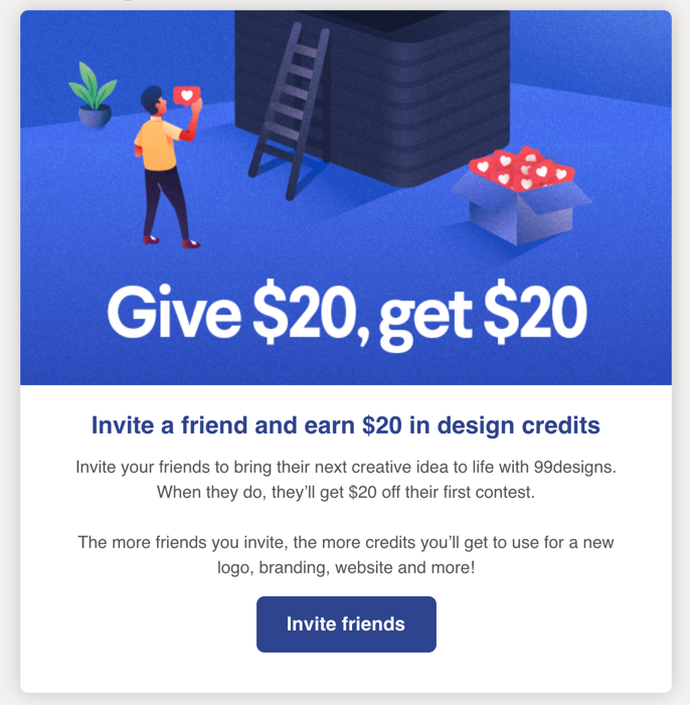
Email is everywhere, so things can escalate into something you didn’t plan to. It’s easy to neglect or forget a couple of (un)written rules of emails and put leads or customers in the wrong mood.
The goal is happy customers, and we want to steer you away from anything that might annoy them about your emails.
Let’s look at what not to do if you want people to keep opening and reading your emails.
3 Ways to Annoy Your Customers
1. Going overboard
A dripping faucet can drive people insane. So drip emails or not, too many emails can irritate people. Email marketing is exciting and full of possibilities. But don’t overdo it. Send too many emails, and you quickly find yourself on the unsubscribe, or worse, the spam list.
And remember that even if you do everything right, you are unlikely to get a 100% open rate. Drip campaigns are very effective at building relationships. But not every email is going to be opened by everyone.
Tip: Emailing a couple of times a day is quite annoying. It’s a good rule of thumb to wait two to three days between emails. But this can vary from one business to another.
Give your leads space to breathe. Absence makes the heart grow fonder.
If you want a 100% open rate, send 1 email to your mother.
Dela Quist, email marketing expert
2. Being pushy
Every business has the goal of selling as much as they can. But when it comes to email marketing, that shouldn’t be all there is. Customers can sense when you’re only trying to push your products on them.
If you make aggressive sales pitches, they might not stay around to hear more.
Just be patient. They’re already interested, let them get to know you as a brand that cares. You only get one chance to make the first impression. You wouldn’t propose marriage on the first date, would you?
Tip: Why you do what you do? What’s in it for your customers? Try to communicate that, rather than making a sales pitch. Tell your story and make sure you give and give before you expect to take anything. Remember that if you focus on making a connection, the sales will follow.
3. Being aimless
Not being pushy is one thing, but wasting everybody’s time by sending out random emails with no purpose whatsoever is a different story.
Remember, you are trying to guide your leads towards becoming customers and customers to brand ambassadors. Every email is a step on that journey, and every email should have a purpose. Your customers will appreciate the dedication.
How to Avoid Getting on People’s Nerves?
1. Be helpful
If you are helpful and try to solve customers problems, people will trust you and enjoy hearing from you. The more helpful you are, the more loyal subscribers will be.
Helping your audience can come in many forms, like answering a question or addressing a concern, sending a new blog post or a resource that might interest them, and more.
2. Watch your language
Click here, Buy, Buy now, Submit, Demo version here, Learn more. It sounds boring, doesn’t it? It can also come across as impersonal and something that we see too much of it.
Avoid too technical language and jargon or acronyms that your audience doesn’t understand. Instead, communicate in a natural way, keeping in mind that not all subscribers are an expert like you.
The same goes for improving your call-to-action.
Make the call to action a natural part of the sentence. For example, I want to start My Free Trial or Tell more about X product. Being creative and smooth can make all the difference, whether someone clicks in or opens an email.
3. Stick to one CTA per email
Again, don’t go overboard. (That seems to be the theme of this blog post. We’re looking for a happy medium.)
Limit the number of calls to action per message. As a general rule, stick to a single one. Any more than that will dilute your message and confuse your customer. There are exceptions, of course. Sometimes it can be essential to give the customer other options.
4. Make the CTA easy to find

Focus people’s attention on what you what them to do. The button or any type of link should stand out, be visible, and contrast the background.
Also, avoid suffocating it with other call-to-actions. The fewer things that can confuse people, the better.
Here’s an email from 99designs.
This is an excellent example of email done the right way—it’s concise with a specific goal in mind and an incentive for the subscriber. The call-to-action is easy to spot, and with a glance, subscribers know what to do.
Apart from following the tips above, the best thing you can do is to put yourself in the shoes of the customer. Think about what you would find annoying or what has ticked you off when you’ve gone through your emails. Use common sense, empathy, and you’ll do great.

